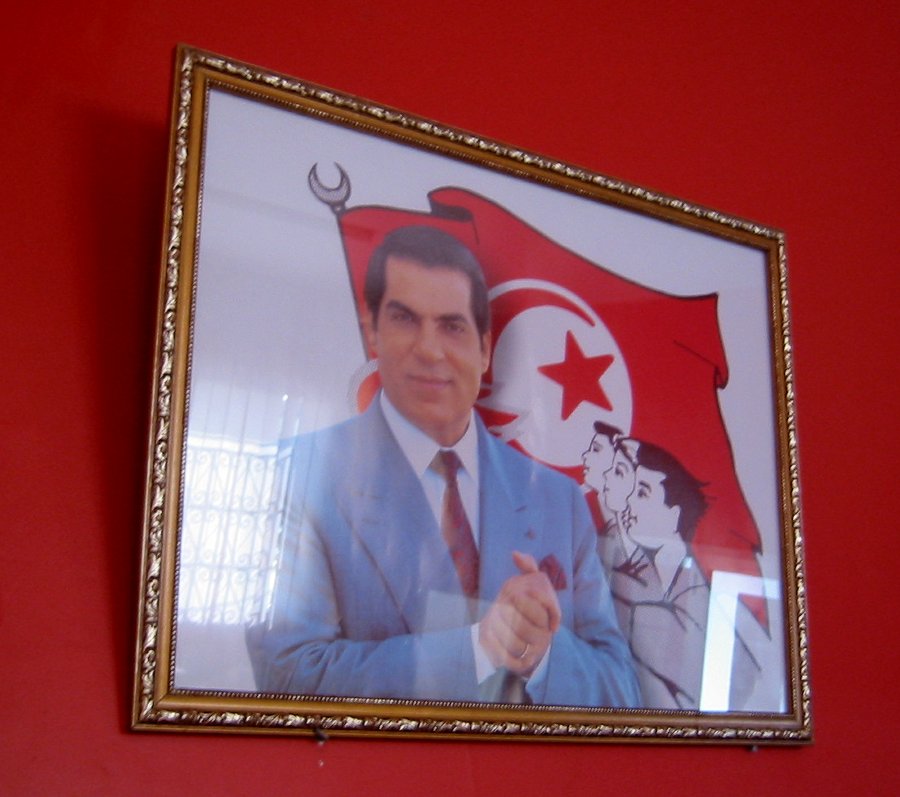
For the last week, the North African Mediterranean country of Tunisia has been in the news. The country has been under siege and President (closer to Dictator) Ben Ali has stepped down and fled the country. How this came about is a lesson in both communication and the power of the Internet.
I feel a particular connection to Tunisia because for five months in 2002/2003 our family lived on our sailboat Dragonsinger in the city of Monastir. Even at that time, we found communication challenging. I even wrote about how Tunisia had the second most controlled Internet access after China.
Until recently, frames pictures of President Ben Ali hung in every shop and every Internet cafe, which is where the photograph above was shot. While the Internet is still tightly controlled in Tunisia today, the country has a strong education policy. The automated computers controlling Internet access were no match for the thousands of technologically savvy young people. Feeling the President looking over your shoulder was not enough to stop these young people from finding backdoors to get videos of the violence and protests from getting out of Tunisia where they could be published in the West.
People have a need to communicate. An entire government could not prevent communication from happening. Are you doing anything to prevent communication in your organization today?



I think it is fair to label the events in Tunisia, “Revolution2.0” because it was the social networking apps on top of the physical internet infrastructure that got things to the tipping point i.e. Power of the collective will of the mass of the people Greater Than the Power of the authoritarian dictator over the armed forces and the police.
Paraphrasing something I heard somewhere else…
Back in the 60’s when they sang “The Revolution will not be Televised” ( http://www.dailymotion.com/video/xpqut_the-revolution-will-not-be-televise_music ), who knew that in fact “The Revolution WILL be Tweeted” 🙂